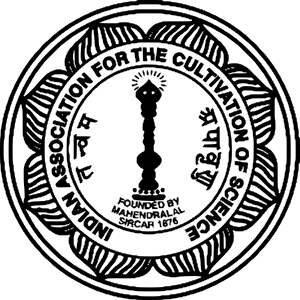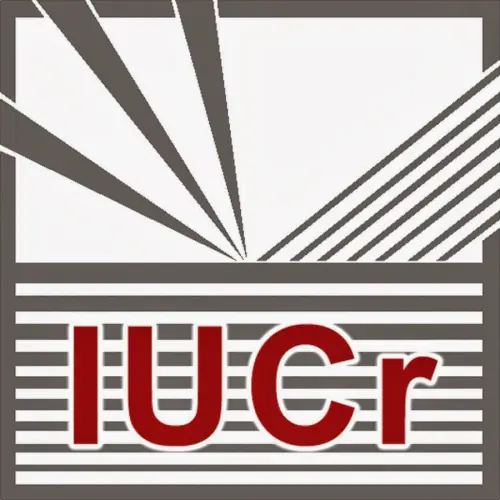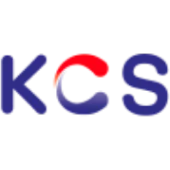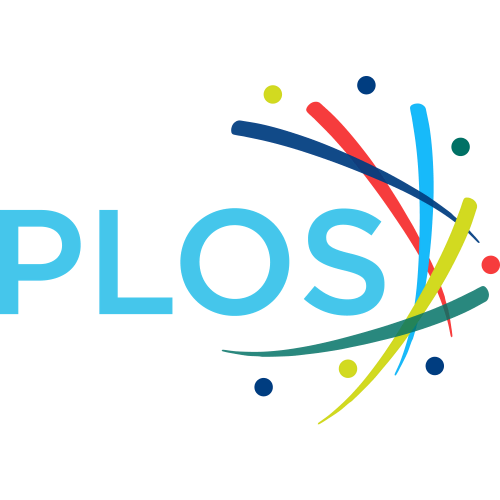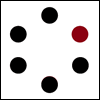volume 18
,
issue 11
,
pages 809-826
Bonding Properties of Cyclopropane and Their Chemical Consequences
1
Institut für Organische Chemie und Biochemie der Universität, Martin‐Luther‐King‐Platz 6, D‐2000 Hamburg 13 (Germany)
|
Publication type: Journal Article
Publication date: 1979-11-01
—
General Chemistry
Catalysis
Abstract
Among the cyclic compounds of carbon, cyclopropane and its derivatives are outstanding by virtue of their unusual structural, spectroscopic, and chemical properties. The cyclopropane ring more closely resembles the CC double bond than the cyclobutane ring: it is a small ring with “double bond character”. Cyclopropyl and vinyl groups interact with neighbouring π-electron systems and p-electron centers; both cyclopropane derivatives and olefins form metal complexes, and add strong acids, halogens, and ozone; they both undergo catalytic hydrogenation and cycloadditions. While distinct differences in reactivity do exist–the double bond usually being more reactive than the three-membered ring–there are no fundamental differences in behavior.–Although cyclopropane derivatives have been known for more than 90 years, intensive studies have been limited to the past 25 years. The development of carbene chemistry has rendered cyclopropane derivatives far more readily accessible. In recent years, the synthetic potential of the small-ring function has been increasingly exploited. A considerable number of newly developed methods utilizing this approach clearly demonstrates that the reactivity of the cyclopropene ring, like that of the CC double bond, qualify it as a “functional carbon group”. This development is in full swing; we may therefore justifiably devote considerable effort to the study of cyclopropane chemistry.
Found
Nothing found, try to update filter.
Found
Nothing found, try to update filter.
Top-30
Journals
|
5
10
15
20
25
30
35
40
45
50
|
|
|
Angewandte Chemie
48 publications, 9.64%
|
|
|
Journal of Organic Chemistry
39 publications, 7.83%
|
|
|
Angewandte Chemie - International Edition
28 publications, 5.62%
|
|
|
Journal of the American Chemical Society
23 publications, 4.62%
|
|
|
Organic Letters
23 publications, 4.62%
|
|
|
Tetrahedron Letters
18 publications, 3.61%
|
|
|
Organic and Biomolecular Chemistry
18 publications, 3.61%
|
|
|
Tetrahedron
16 publications, 3.21%
|
|
|
Chemische Berichte
14 publications, 2.81%
|
|
|
Chemistry - A European Journal
12 publications, 2.41%
|
|
|
European Journal of Organic Chemistry
10 publications, 2.01%
|
|
|
Advanced Synthesis and Catalysis
9 publications, 1.81%
|
|
|
Journal of Medicinal Chemistry
8 publications, 1.61%
|
|
|
Organic Chemistry Frontiers
8 publications, 1.61%
|
|
|
Bioorganic and Medicinal Chemistry
7 publications, 1.41%
|
|
|
Chemical Communications
7 publications, 1.41%
|
|
|
Synthesis
7 publications, 1.41%
|
|
|
Chemical Science
6 publications, 1.2%
|
|
|
Journal of Organometallic Chemistry
5 publications, 1%
|
|
|
Journal of Molecular Structure
5 publications, 1%
|
|
|
Chemical Reviews
5 publications, 1%
|
|
|
Israel Journal of Chemistry
4 publications, 0.8%
|
|
|
Zeitschrift fur Anorganische und Allgemeine Chemie
4 publications, 0.8%
|
|
|
Inorganic Chemistry
4 publications, 0.8%
|
|
|
Synlett
4 publications, 0.8%
|
|
|
Organometallics
3 publications, 0.6%
|
|
|
Beilstein Journal of Organic Chemistry
3 publications, 0.6%
|
|
|
Nature Communications
3 publications, 0.6%
|
|
|
European Journal of Medicinal Chemistry
3 publications, 0.6%
|
|
|
5
10
15
20
25
30
35
40
45
50
|
Publishers
|
20
40
60
80
100
120
140
160
|
|
|
Wiley
160 publications, 32.13%
|
|
|
American Chemical Society (ACS)
120 publications, 24.1%
|
|
|
Elsevier
88 publications, 17.67%
|
|
|
Royal Society of Chemistry (RSC)
52 publications, 10.44%
|
|
|
Springer Nature
17 publications, 3.41%
|
|
|
Georg Thieme Verlag KG
11 publications, 2.21%
|
|
|
MDPI
6 publications, 1.2%
|
|
|
Taylor & Francis
6 publications, 1.2%
|
|
|
Beilstein-Institut
3 publications, 0.6%
|
|
|
AIP Publishing
2 publications, 0.4%
|
|
|
International Union of Crystallography (IUCr)
2 publications, 0.4%
|
|
|
Autonomous Non-profit Organization Editorial Board of the journal Uspekhi Khimii
2 publications, 0.4%
|
|
|
Walter de Gruyter
2 publications, 0.4%
|
|
|
American Physical Society (APS)
1 publication, 0.2%
|
|
|
Bentham Science Publishers Ltd.
1 publication, 0.2%
|
|
|
Canadian Science Publishing
1 publication, 0.2%
|
|
|
SAGE
1 publication, 0.2%
|
|
|
The Society of Synthetic Organic Chemistry, Japan
1 publication, 0.2%
|
|
|
Korean Chemical Society
1 publication, 0.2%
|
|
|
Public Library of Science (PLoS)
1 publication, 0.2%
|
|
|
OOO Zhurnal "Mendeleevskie Soobshcheniya"
1 publication, 0.2%
|
|
|
Pleiades Publishing
1 publication, 0.2%
|
|
|
The Japan Institute of Heterocyclic Chemistry
1 publication, 0.2%
|
|
|
20
40
60
80
100
120
140
160
|
- We do not take into account publications without a DOI.
- Statistics recalculated weekly.
Are you a researcher?
Create a profile to get free access to personal recommendations for colleagues and new articles.
Metrics
498
Total citations:
498
Citations from 2024:
59
(11.85%)





